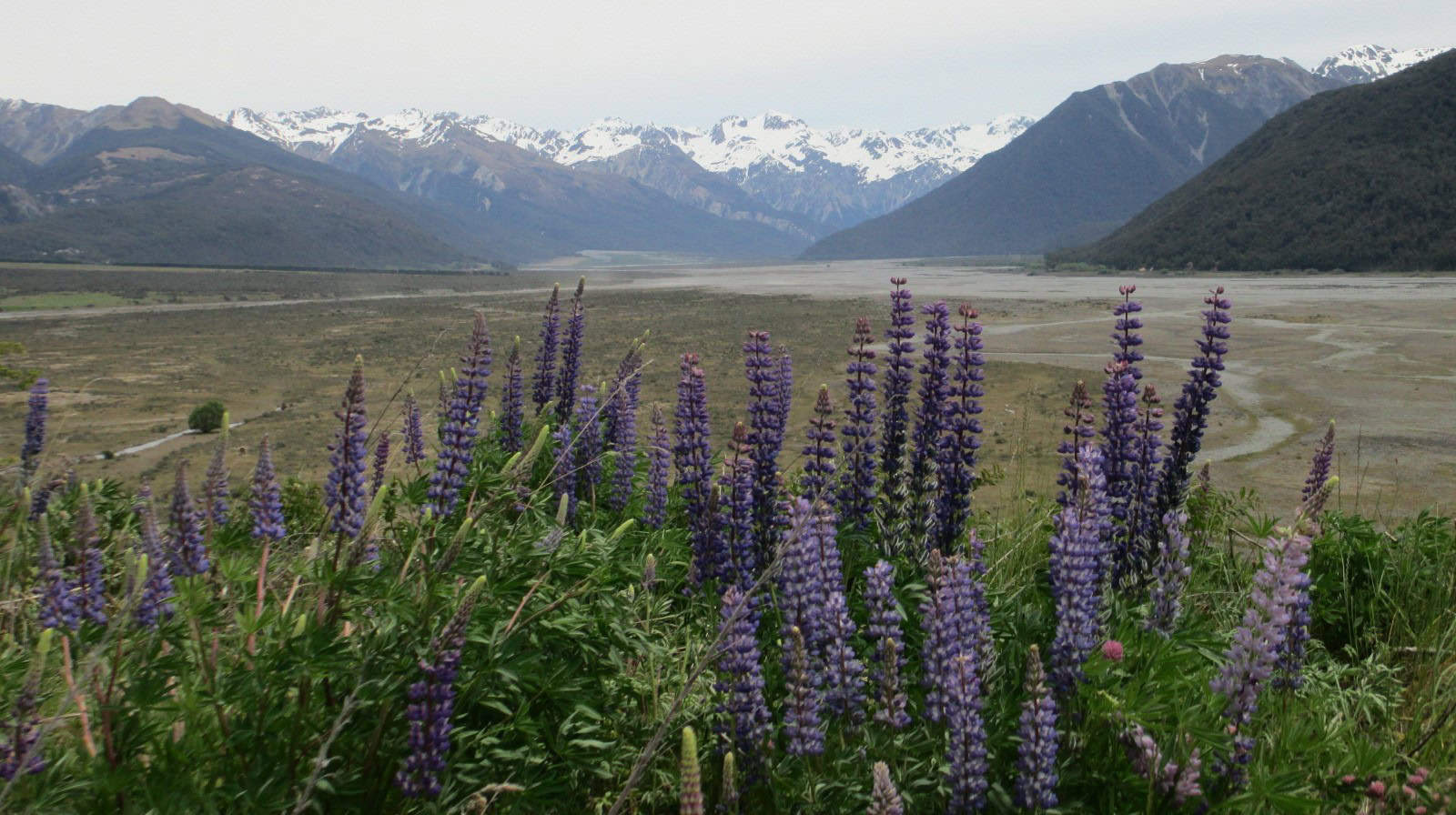Back in December 2022, we spoke with Jennifer Bufford about the two-phase horizon scan to identify future needs in weed research. The first phase, which is now complete, involved identifying a range of possible futures (or “scenarios”) for New Zealand.
These scenarios are presented more fully in this newsletter article from 2023 and are discussed in a publication that has recently been submitted to PLOS ONE. Briefly, these scenarios are: (1) an increase in Māori land tenure, (2) native afforestation, (3) achieving Predator Free 2050, and (4) more frequent extreme weather events.
“These scenarios were developed from a broader perspective,” says Jennifer. “We’re hoping they will be used widely by people in a range of fields.”

But the goal for Jennifer and Angela has been to use these scenarios as tools to think about the future of plant invasions here in Aotearoa. To do this, Jennifer and Angela presented the four scenarios to practitioners (including Māori practitioners, community groups, regional councils, and DOC) and plant invasion researchers via a series of in-person and online workshops at the end of 2023. Practitioners and researchers were asked how each scenario might change the way plant invasions happen and what research priorities and management challenges would arise.
Some research priorities and management challenges that emerged were consistent across all scenarios. The team distilled these into three “needs”: needs for data, tools, and communication.
“Data is needed on what’s out there, where it is, how it will spread in the landscape, and what’s going to be the next big weed,” says Jennifer. “Tools that are cheaper, more targeted, and better at what they do are also needed.”
And communication is essential.
“Plant invasions don’t respect property boundaries,” says Jennifer. “Working at a landscape scale means working across landowners, cultures, perspectives and priorities. We need communication so we can understand what motivates people and decisions that they make, and we need training for practitioners to be able to build consensus.”
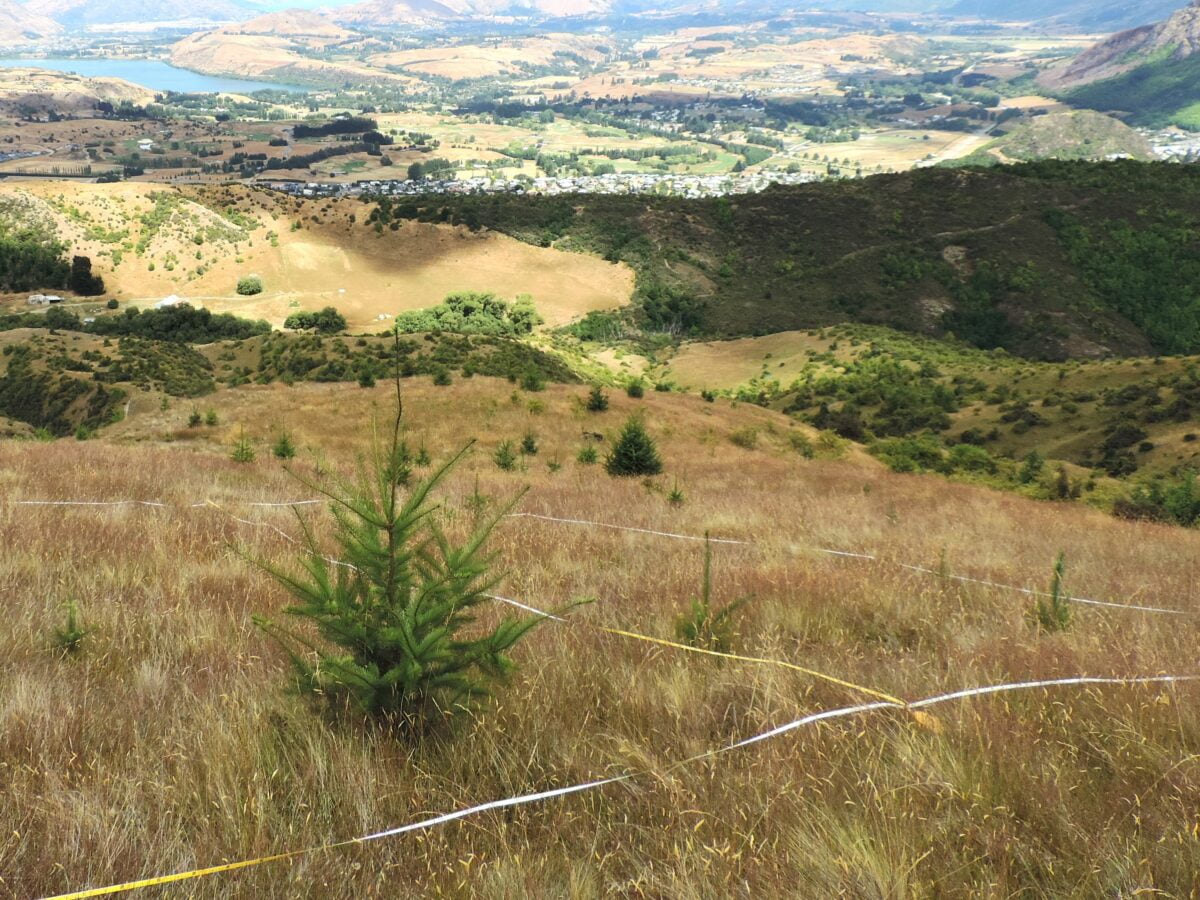
Research priorities and management challenges came up for individual scenarios as well. Here are a few highlights from each scenario.
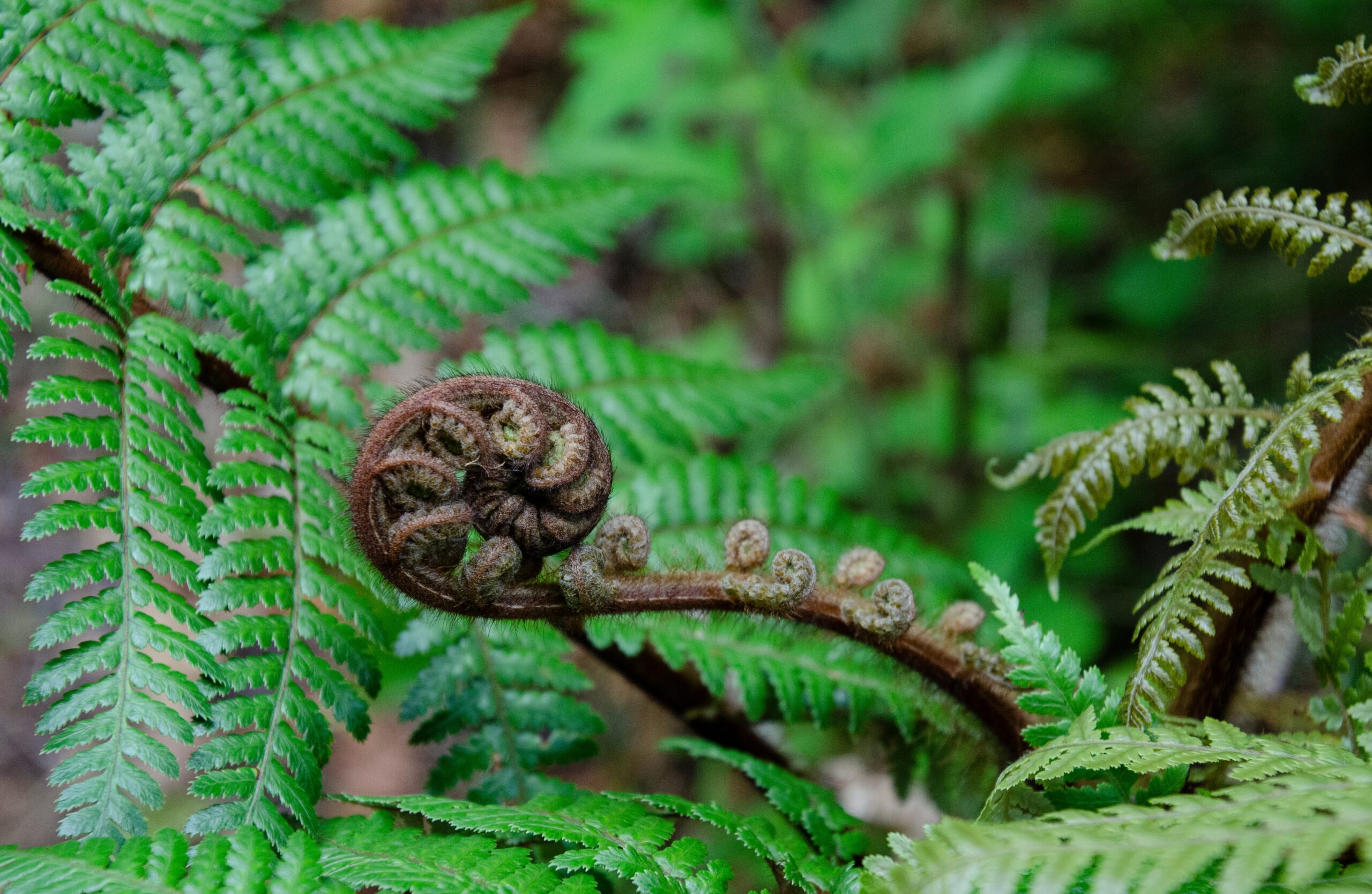
Increase in Māori land tenure
For this scenario, a lot of important research and management needs revolved around cultural components.
“We need to figure out how to build effective partnerships with mana whenua,” says Jennifer. “It’s important to have the right tools to have those conversations and build collaborations well.”
Native afforestation
Native afforestation is bound to increase the connectivity between previously isolated forest fragments. Connectivity should benefit native plants, but it may also allow for pests to spread, like invasive plants, mammals or diseases.
“We need to think about what we can do to break pest transmission while still allowing native forests to be connected,” says Jennifer.
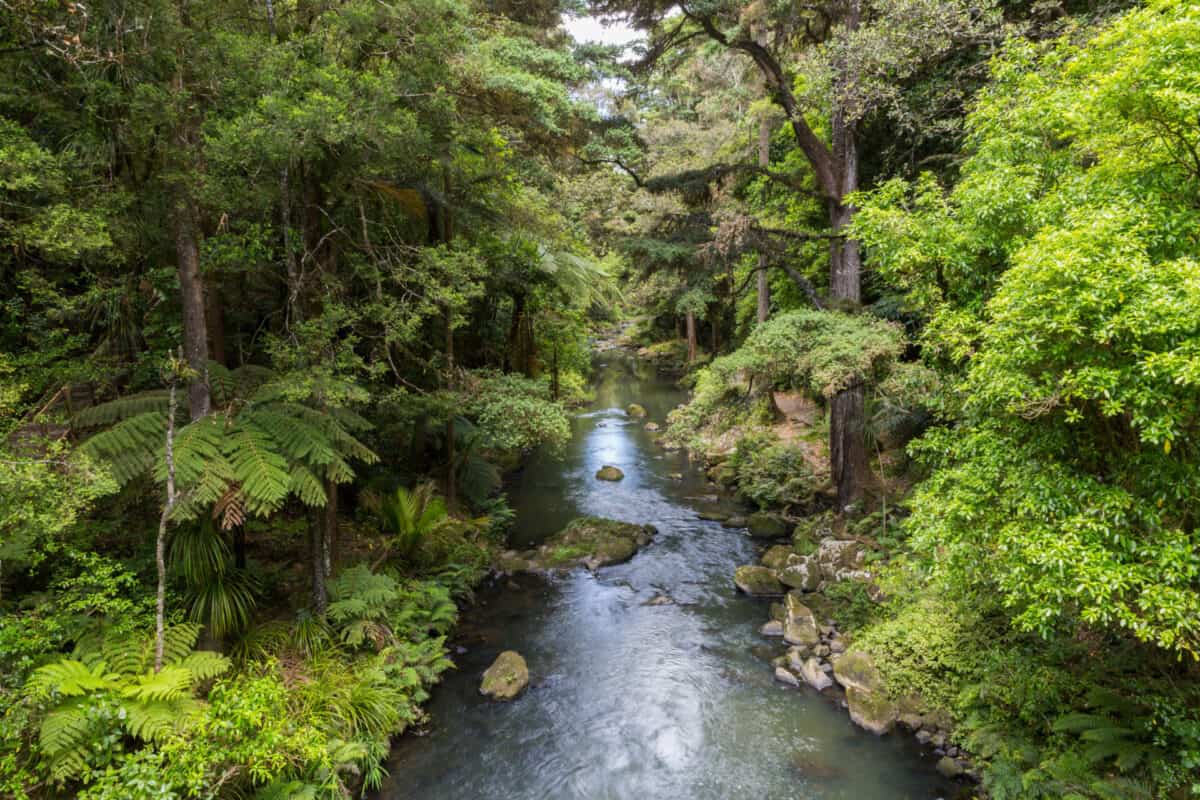
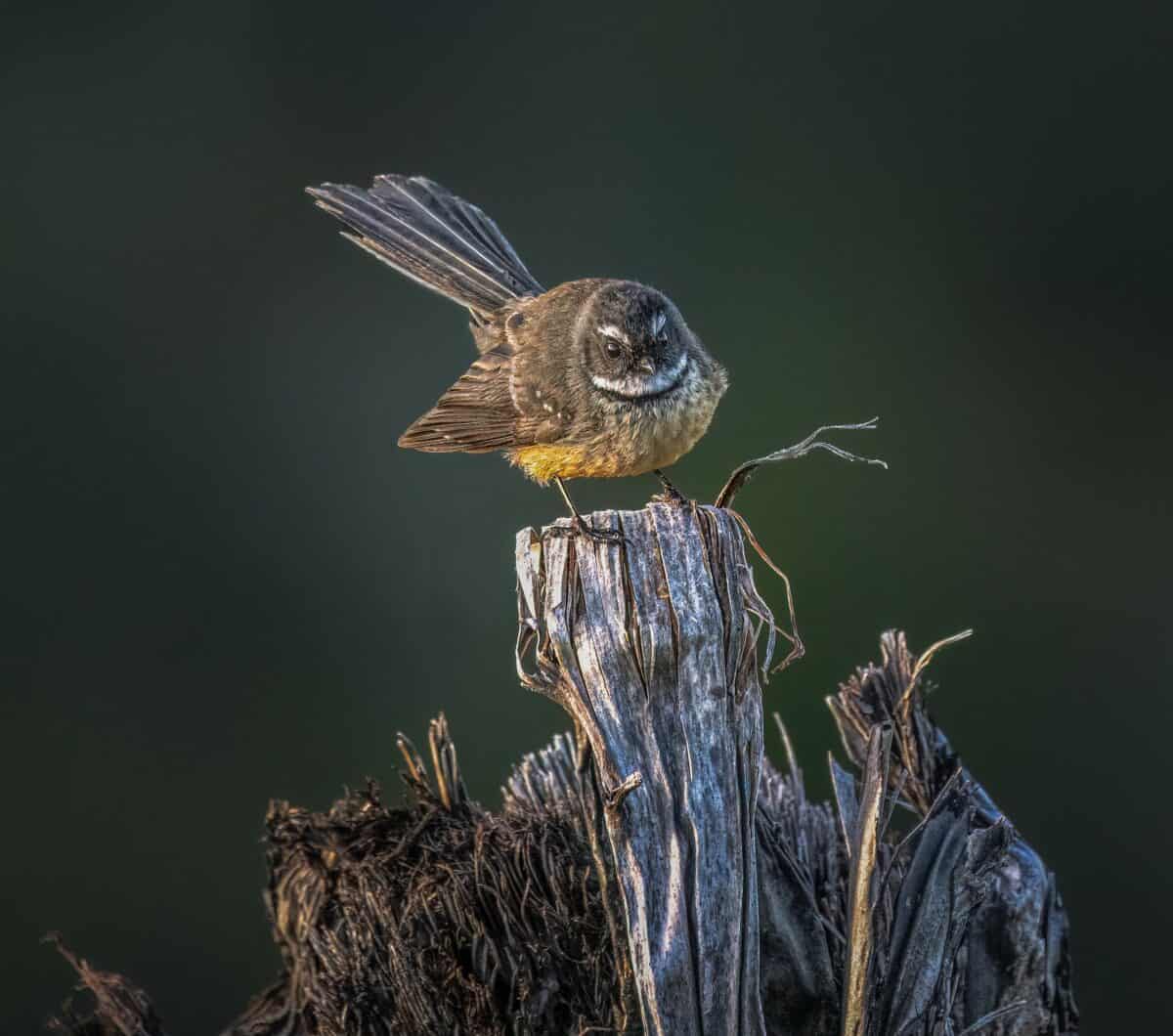
Predator Free 2050 achieved
Biotic filters determine which species are likely to establish. These filters include things like competition with other plants or getting eaten by animals.
If Predator Free 2050 is achieved, biotic filters will shift. For example, with fewer mammals and more birds, there will be changes in seed dispersal. Plant species that are bird-dispersed should do better – but these will include non-native species as well as native species.
“We need to better understand what traits will predispose a species to benefit under this new regime,” says Jennifer.
More frequent extreme weather events
Extreme weather events can result in a diversion of funds and people power away from conservation and towards emergency work. Extreme weather can also physically disrupt invasive species control. Control sites may be inaccessible because the roads have been washed out, or the funding earmarked for herbicide treatment may need to go towards repairing a predator proof fence.
“There needs to be a flexibility and a redundancy in our management tools,” says Jennifer. “We need multiple options so that we can continue to maintain some level of control despite disruptions.”

Where to from here?
Jennifer and Angela are currently writing a paper that will provide a much deeper dive into how they used the scenarios developed to think broadly about the future of plant invasions in Aotearoa. They plan to submit this paper before the end of June. A collection of their work on the project to date is available on the BioHeritage Data Repository here.
They have also applied for a grant through MBIE to take this research further.
“We want to identify what the future weeds will be, where they are likely to show up, and how to set ourselves up to be able to act early,” says Jennifer. “I would be really excited to take things farther and do more work with the people who have been helping us develop these ideas.”
Jenny Leonard
